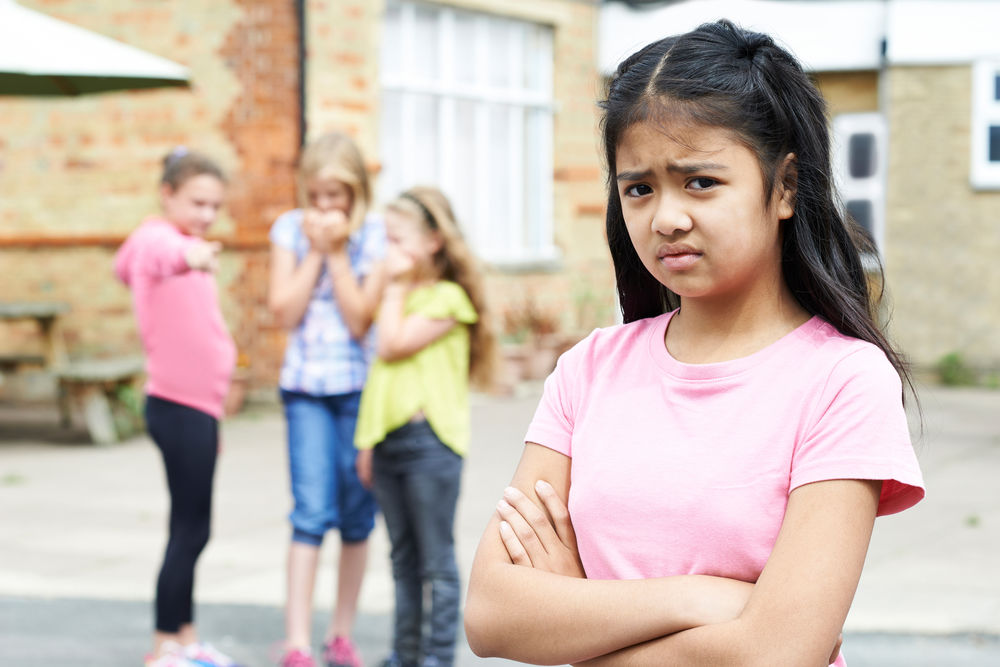Bullying is not a new phenomenon. Ever since there were kids and schoolyards—or likely way before that—there have been bullies.
In today’s world, bullying has taken on a whole new dimension. Rather than just a school or neighborhood phenomenon, mean messages can be spread widely with the click of a button.
We’ve all likely experienced bullying at some point in our lives. Bullying runs the gamut from gossiping, spreading rumors and making threats to physical and verbal attacks.
Although bullying knows no age limit, middle school is a particularly active time for bullies to do their worst. And its effects can be devastating. According to the U.S. Department of Health and Human Services’ anti-bullying website, Stopbullying.gov:
- About 160,000 teens reportedly skip school every day because they are bullied, and 1 in 10 teens drops out of school due to repeated bullying.
- 83 percent of girls and 79 percent of boys report being bullied either in school or online.
- 75 percent of school shootings have been linked to harassment and bullying against the shooter.
- Students who are bullies as young adults continue the trend of abuse and violence into adulthood. By the age of 30, approximately 40 percent of boys who were identified as bullies in middle and high school had been arrested three or more times.
One of a bully’s most insidious tools is intimidation, which makes many children and teens reluctant to report the behavior. That’s one reason it’s very important for schools and parents to tackle this problem head on, educating our youth on what bullying is and what they can do when they witness it or experience it themselves.
Following are some tips from Dr. Sue Cohen, director of the Guidance Center’s Marks Family Right From the State 0-3+ Center.
- Don’t remain silent if you’re being bullied. Look the bully in the eye and tell him or her to stop in a calm, firm voice. If it seems unsafe, walk away immediately. Either way, tell a trusted adult about the incident.
- Speak up when you see a child being bullied. If your child is afraid to confront the bully directly, they can seek out an adult, such as a teacher, counselor or parent. But silence encourages the behavior.
- Befriend the bullying victim. Invite them to sit with you at lunch or to hang out. It will let them know they aren’t alone.
- If you are being bullied online, tell your parents. Listen to their advice on what is OK and what isn’t online. Click here to learn more from Stomp Out Bullying.
- Protect yourself online by using smart practices. Be kind to others, and never post anything out of anger or that is gossip. Also, never pass on a nasty message, photo or rumor about anyone.
- Keep open lines of communication among children, teachers and school administrators.
- Look for signs that your child is using verbal or physical aggression to deal with conflict, talking about getting even with others or suddenly has items that don’t belong to him/her. You need to know if your child is engaging in bullying behavior.
Finally, if you are a parent and your child is being bullied at school or by other students outside of school, don’t confront the bully or the parents. Contact the school principal or guidance counselor, and contact the police if your child is threatened with harm.
Sources:
http://www.stompoutbullying.org/
https://www.transfinder.com/resources/school-bus-bullying-prevention














